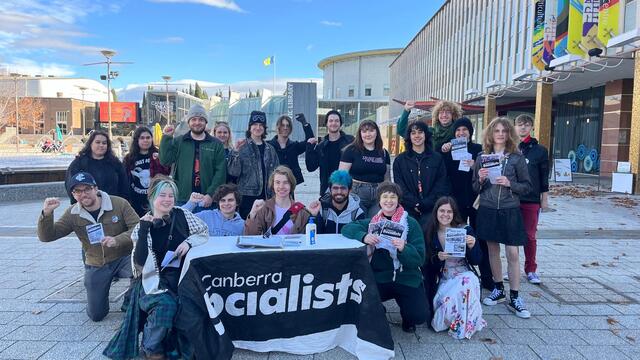By Bruce Rowse*
Next year the national carbon Emissions Trading Scheme (ETS) is due to start. To find out what the impacts of the scheme will be on Local Government I interviewed Nick Armstrong of COzero. COzero is a provider of green power and carbon offset services, with the City of Sydney one of its customers.
Nick, could you please briefly describe the ETS?
The ETS is a ‘cap and trade’ system which sets a total cap on emissions then requires liable parties in covered sectors to meet the cap. Covered sectors include emissions from stationary energy, transport, industrial processes, waste, and fugitive emissions from oil and gas production. The scheme will include around 75 per cent of Australia’s emissions and involve mandatory obligations for around 1,000 entities. This is the key point of the ETS – it won’t directly affect non covered sectors. Local Government is a noncovered sector.
How then will Local Governments be affected?
There will be indirect costs passed on by the covered sectors, and these will result in increased electricity and fuel prices, and increases to the costs of goods.
What are the likely increases in prices?
Electricity prices will be exposed under the ETS. However, because of the large number of free permits allocated, modelling indicates that the likely increase to electricity prices for the first five years will be negligible. Fuel price increases will also be small. There are likely to be increases in the prices of building materials, raw materials in capital works, such as cement and concrete, but again we may not see these price increases for several years.
So you are saying that in spite of all the talk about the ETS, those not covered by the scheme including Local Government, are hardly going to notice it during its first years?
Yes. Price increases in particular will most likely be as a result of supply and demand, currency markets and inflation rather than carbon.
What other schemes may have more immediate impact or benefit to Local Government?
For a Local Government that has any renewable energy generation capacity, such as hydro, wind turbines, solar PV, or is planning to install one, the Renewable Energy Target (RET) scheme may be of benefit. This is a separate scheme to the ETS, and aims to increase the total amount of renewable energy generated in Australia to 45,000 GWh by 2020. Suppliers of renewable energy to the grid can sell the renewable energy certificates (RECs) they generate. Renewable generators will most likely also receive a tradable offset under the Carbon Pollution Reduction Scheme (CPRS) (known as an Emission Trading Unit – ETU). They may also if they wish sell the ETU into the CPRS market, in addition to the REC. However, if they sell the ETUs they also lose the right to the carbon reduction achieved by the renewable generation. As many Local Governments have voluntary carbon reduction targets they will not want to sell their ETUs.
Nick, there is some confusion in the market place about carbon rights and RECS. Can you confirm that if I sell any RECS I have generated I still can claim the carbon savings as my own?
It is still unclear as yet whether a renewable generator will be entitled to a separate REC and ETU, or if the two products will be bundled together. But generally speaking the REC represents one MWh of renewable generation (as required by the RET) and the ETU represents one tonne of CO2 equivalent. If you wished to purchase GreenPower, then you would need to keep both the REC and the ETU.
Finally, what schemes are there for energy efficiency?
On the energy efficiency side, many of the State Governments are starting to roll out Energy Efficiency Target programs. These programs are initially targeting residential energy consumers. The Victorian scheme (VEET), and likely similar schemes in other States, are being administered by the relevant State Governments.
Retailers will be offering consumers incentives to implement a range of energy efficiency upgrades. Local Governments may be able to negotiate with electricity retailers in their area to ensure the best value is provided to their residents.
Thank you Nick. Another program Local Government should be aware of is the Australian Government’s Green Building Fund, where investments of $50,000 to $500,000 to reduce energy consumption in a building will be matched on a dollar for dollar basis. Round 2 applications close on 27 February.
*Bruce Rowse, energy efficiency engineer, is Director of CarbonetiX, an engineering consultancy specialising in carbon reduction. Contact Bruce via his blog at www.carbonetix.com.au/blog







